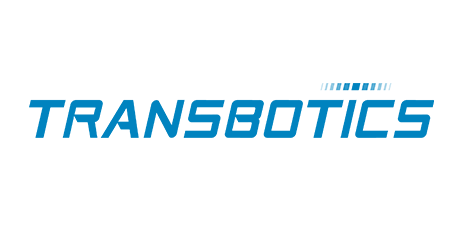Select your region / language
Improving Efficiency: AGVs for Automotive Manufacturers

The automotive industry have long used automation as part of their manufacturing process, with the International Federation of Robotics stating that in the United States, automakers buy one in two industrial robots sold globally. This commitment to automation means these manufacturers are leaders in using automation to improve efficiency.
CEO of General Motors, Mary Barra, has made comments on how the automotive industry is changing more today than it has in five whole decades. A lot of this change is brought on by the increasing deployment of smart factories. Smart factories utilize automation and lean manufacturing principles to produce products in an efficient and optimized way. The push for smart factories has seen an increase in demand by automotive manufacturers for Automated Guided Vehicles (AGVs), with studies showing that automotive companies held a major share in the AGV market and that deploying AGVs was seen as the key to future growth.
The flexibility and utility of AGVs is what makes them so beneficial to automotive manufacturers. Available in all shapes and sizes, AGVs can transport a variety of items, ranging from lightweight spare parts through to large, heavy loads like an engine. They are used for a variety of applications within a production line including transportation, distribution, line feeding, end of line transport, and more.
Work-in-process (WIP) movement and production parts delivery are the largest applications where AGVs are utilized in the automotive industry. AGVs supply parts to workstations on production lines and plan real-time operations response to keep production flowing. Materials or parts must be delivered to the right place, at the right time to ensure consistent, accurate production. An AGV can coordinate the flow of these materials to keep processing lines operating at peak efficiency. They also then remove processed goods at end of line and take them to the next part of the manufacturing stage.
Moving finished goods from manufacturing to storage or shipping is another activity automotive manufacturer’s put AGVs to use for. The final movement of materials or finished products, many of them heavy goods, before delivery to customers need careful, gentle treatment because the products are finished and rough handling can damage them, making them ineffective or reduce cosmetic finishes (e.g., paint scratches, chips, dents to exterior). AGVs operate with precisely measured navigation acceleration and deceleration, lessening the possibility of product harm and making them a brilliant option for handling goods at end of line.
When applied to the manufacturing process, or as part of a smart factory, automotive producers have noticed that AGVs deliver many benefits, such as reduced operational costs, easy maintenance, traceability, operation efficiency and the ability to run production uninterrupted 24/7, improved safety and increased operator safety.
AGVs have progressed mechanically and in navigation approaches, like laser technology, help avoid the requirement for in-floor wires. This makes it easier for manufacturers to add additional units should they need to increase production output or utilize different units, without including any infrastructure investments. These new software-focused navigation methods also allow an AGV experiencing maintenance issues to be swapped for a higher-performing unit without reprogramming the production process.
AGVs linked in real-time with information systems in the smart factory delivers instant traceability of materials and work-in-process reports allowing for precise key performance indicators (KPIs). Material traceability is mechanically coordinated and can be followed electronically which improves the efficiency of material handling on a production line at a reduced cost. It allows an operator to know the position of parts, materials, and products at all times.
Delivering materials to the exact spot where they are needed and transporting finished products to other parts of the line safely and damage free, are some of the best uses for AGVs in the automotive industry. These smart machines reduce the time required by personnel to manually perform these duties, but also reduce their risk of injury. By applying AGVs, manufacturers increase efficiency and have the flexibility to manage future challenges facing automotive production. Using AGVs promotes improved delivery performance and signals willingness to both competitors and consumers that the manufacturer can keep pace with the changing nature of the industry – just as General Motors, Mary Barra predicted.
Transbotics is recognized as a top provider of AGVs to the Automotive Industry. Our leading range of AGVs is suitable for use in an automotive plant and a variety of other manufacturing settings. Contact us to find out more about the best AGVs for your plant or to speak to someone about the benefits of Automated Guided Vehicles.



